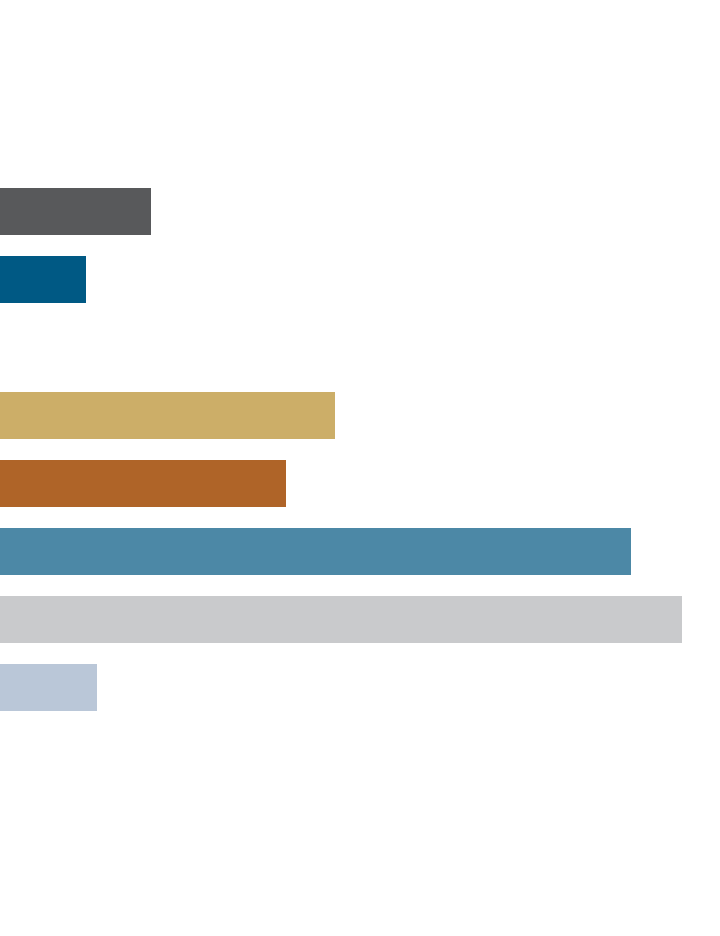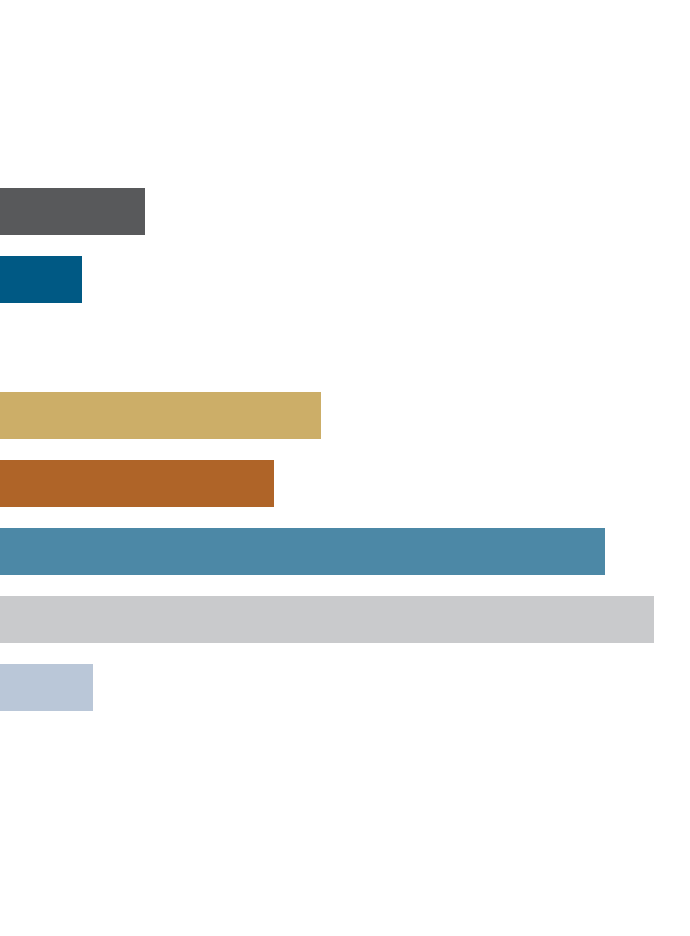Current and future portfolio holdings are subject to risk. The value of portfolio securities selected by the investment team may rise or fall in response to company, market, economic, political, regulatory or other news, at times greater than the market or benchmark index. A portfolio’s environmental, social and governance (“ESG”) considerations may limit the investment opportunities available and, as a result, the portfolio may forgo certain investment opportunities and underperform portfolios that do not consider ESG factors. Non-diversified portfolios may invest larger portions of assets in securities of a smaller number of issuers and performance of a single issuer may have greater impact to the portfolio's returns. Use of derivatives may create investment leverage and increase the likelihood of volatility and risk of loss in excess of the amount invested. High portfolio turnover may adversely affect returns due to increased transaction costs and creation of additional tax consequences. Securities of small- and medium-sized companies tend to have a shorter history of operations, be more volatile and less liquid and may have underperformed securities of large companies during some periods. International investments involve special risks, including currency fluctuation, lower liquidity, different accounting methods and economic and political systems, and higher transaction costs. These risks typically are greater in emerging and less developed markets, including frontier markets. These risks are discussed in the prospectus. Please read it carefully before you invest or send money.
Performance Source: Artisan Partners/S&P®. Data & Statistics Sources: Artisan Partners/Bloomberg/GICS. Artisan Partners may exclude outlier data and certain securities which lack applicable attributes, such as private securities when calculating portfolio statistics. If information is unavailable for a particular security Artisan may use data from a related security to calculate portfolio statistics. For the purpose of determining the Fund's holdings, securities of the same issuer are aggregated to determine the weight in the Fund. Cash weighting includes cash and cash equivalents. Idiosyncratic Positions are issuers held outside of a theme. Theme categorizations are at the sole discretion of the team. Themes and constituents are as of the date indicated and subject to change. Portfolio sector classifications are defined by the investment team and may differ substantially from the Global Industry Classification System (GICS) classifications. For the portfolio’s sector breakdown according to GICS methodology, refer to the Fund’s most recent portfolio holdings filed at
www.sec.gov.
The Global Industry Classification Standard (GICS®) is the exclusive intellectual property of MSCI Inc. (MSCI) and Standard & Poor’s Financial Services, LLC (S&P). Neither MSCI, S&P, their affiliates, nor any of their third party providers (“GICS Parties”) makes any representations or warranties, express or implied, with respect to GICS or the results to be obtained by the use thereof, and expressly disclaim all warranties, including warranties of accuracy, completeness, merchantability and fitness for a particular purpose. The GICS Parties shall not have any liability for any direct, indirect, special, punitive, consequential or any other damages (including lost profits) even if notified of such damages.
All information in this report includes all classes of shares, except performance and expense ratio information and as otherwise indicated.
S&P 500
® Index measures the performance of 500 US companies focused on the large-cap sector of the market. The index(es) are unmanaged; include net reinvested dividends; do not reflect fees or expenses; and are not available for direct investment.
The S&P 500 Index is a product of S&P Dow Jones Indices LLC (“S&P DJI”) and/or its affiliates and has been licensed for use. Copyright © 2024 S&P Dow Jones Indices LLC, a division of S&P Global, Inc. All rights reserved. Redistribution or reproduction in whole or in part are prohibited without written permission of S&P Dow Jones Indices LLC. S&P
® is a registered trademark of S&P Global and Dow Jones
® is a registered trademark of Dow Jones Trademark Holdings LLC (“Dow Jones”). None of S&P DJI, Dow Jones, their affiliates or third party licensors makes any representation or warranty, express or implied, as to the ability of any index to accurately represent the asset class or market sector that it purports to represent and none shall have any liability for any errors, omissions, or interruptions of any index or the data included therein.
Exposure Pct Assets represents the portfolio's exposures based on the economic value of investments (including delta-adjusting options exposures). Delta-adjusted options exposure is a measure of the market exposure created by the options and accounts for the sensitivity of options to changes in price of the underlying security. In comparison, measuring the exposure of an option at the market value of the option or notional value can understate or overstate, respectively, the economic exposure and risk. This estimate of portfolio exposure is only an approximation of the portfolio at a point in time.
Market Cap (USD) is the aggregate value of all of a company's outstanding equity securities.
Return on Equity (ROE) is a profitability ratio that measures the amount of net income returned as a percentage of shareholders equity.
Weighted Average is the average of values weighted to the data set's composition. The Focus portfolio Weighted Avg. P/E is a Weighted Harmonic Average.
Weighted Harmonic Average is a calculation of weighted average commonly used for rates or ratios.
LT EPS Growth Rate is the average of the 3-5 year forecasted EPS growth rate of a company.
Price-to-Earnings Ratio (P/E Ratio) measures how expensive a stock is. Earnings figures used for FY1 and FY2 are estimates for the current and next unreported fiscal years.
Active Share is defined as the percentage of a portfolio that differs from its benchmark index. Active Share can range from 0% for an index fund that perfectly mirrors its benchmark to 100% for a portfolio with no overlap with an index. Active Share is not delta-adjusted and includes cash, cash equivalents, ETFs and ETF/Index options.



